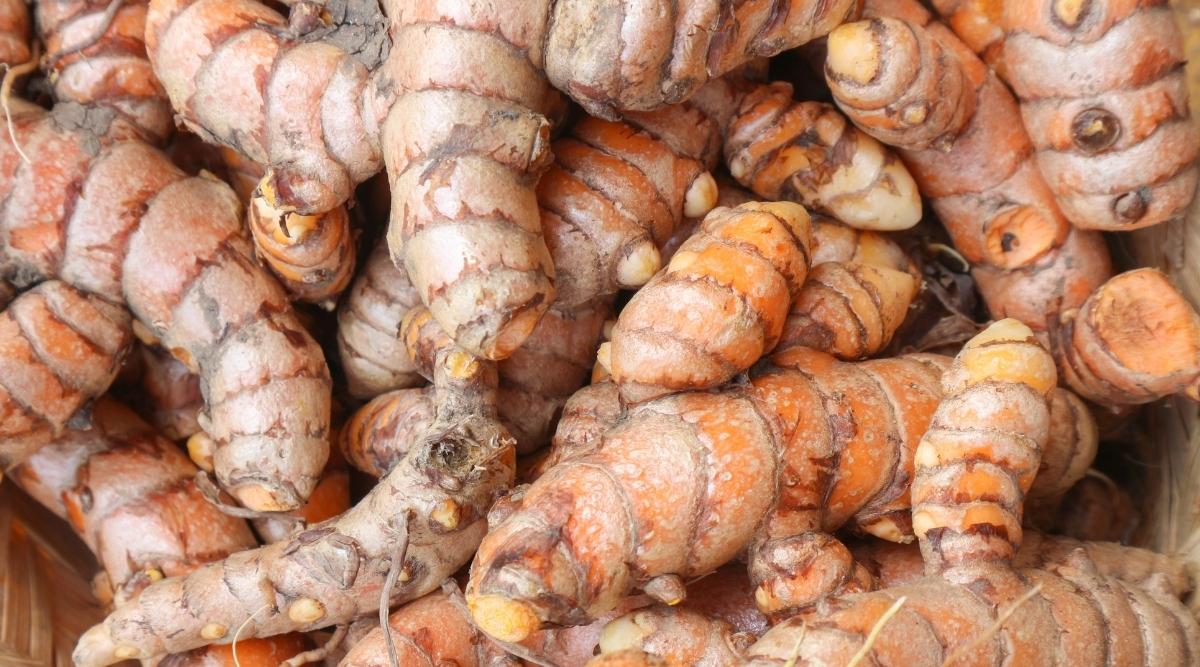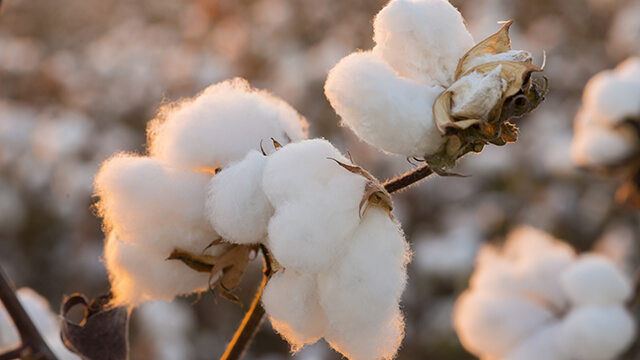The Jeera market’s recent performance has been marked by a significant downturn, with prices finally closing at 26400, down -2.37%. The expectation of increasing output levels in important producing states like Gujarat and Rajasthan is the reason for this downward trend. Due to farmers’ reactions to record prices witnessed in the previous marketing season, the amount of land used for Jeera has increased to a four-year high during the current rabi season.
Jeera farming has increased dramatically in Gujarat alone, exceeding average acreage levels and demonstrating robust market-price acreage dynamics. There are obstacles to this increase in production potential, though, such as less water available, fewer days with low temperatures, and worries about crop attacks by fusarium wilt. Jeera farmers are further complicated by the expectation of increased blight and sucking pest assaults as a result of climate change.
Due to the significantly higher costs in India, consumers are choosing to purchase Indian Jeera from alternate suppliers like Syria and Turkey, despite a decline in demand for the product worldwide. Technically speaking, the market is going through a long liquidation, as seen by the -4.53% decline in open interest that led to the market’s settlement at 2151.
Jeera is finding support at 26100 as prices dropped by -640 rupees, with further downside risks approaching 25790 levels. Resistance is expected to be found at 26810 on the upswing, and a breakthrough there might trigger additional price testing above 27210.

